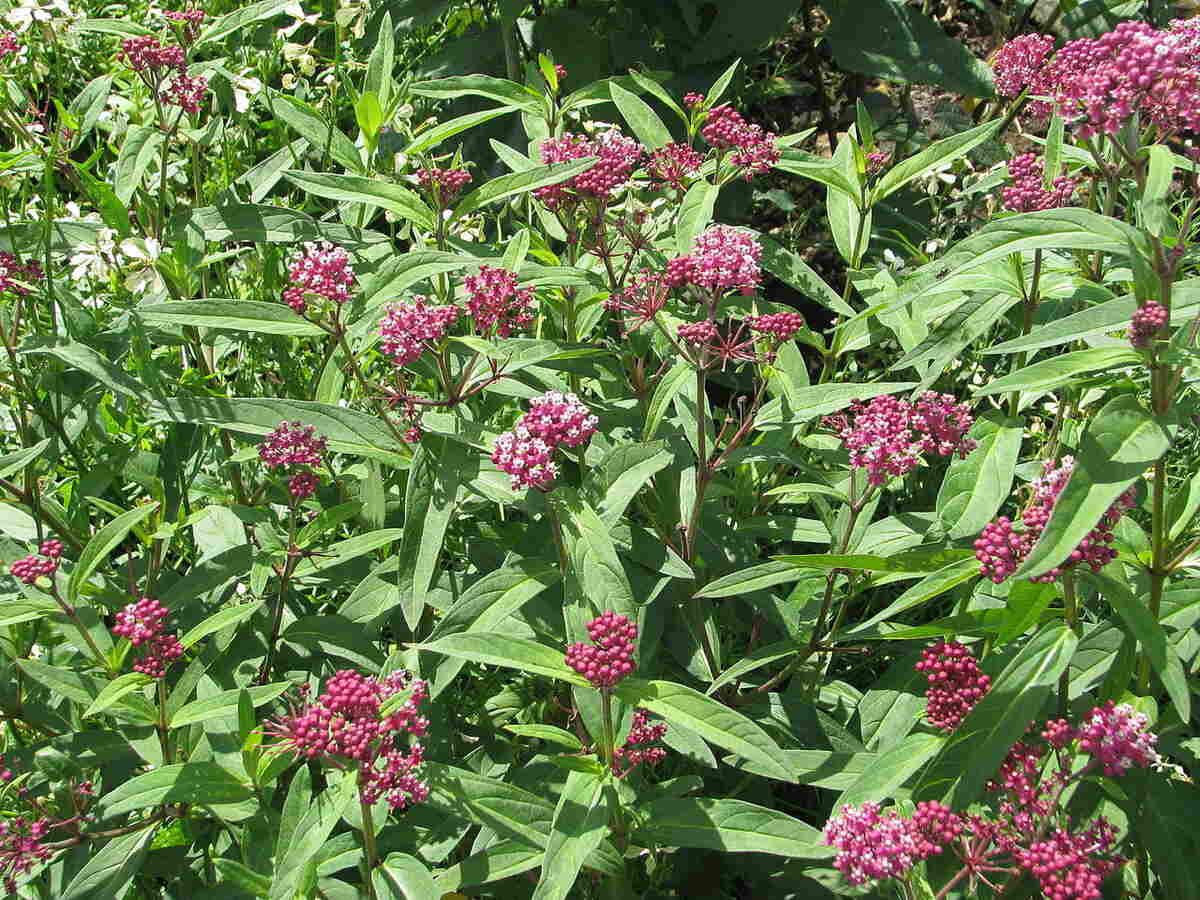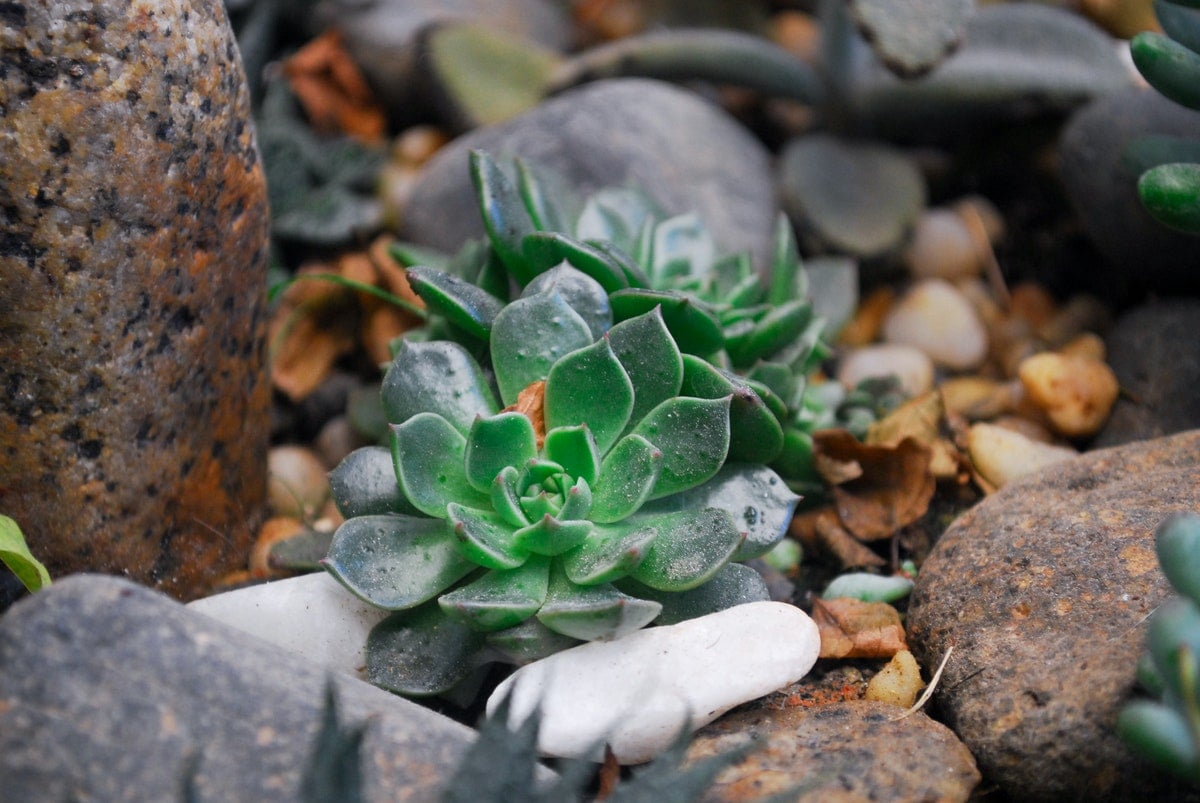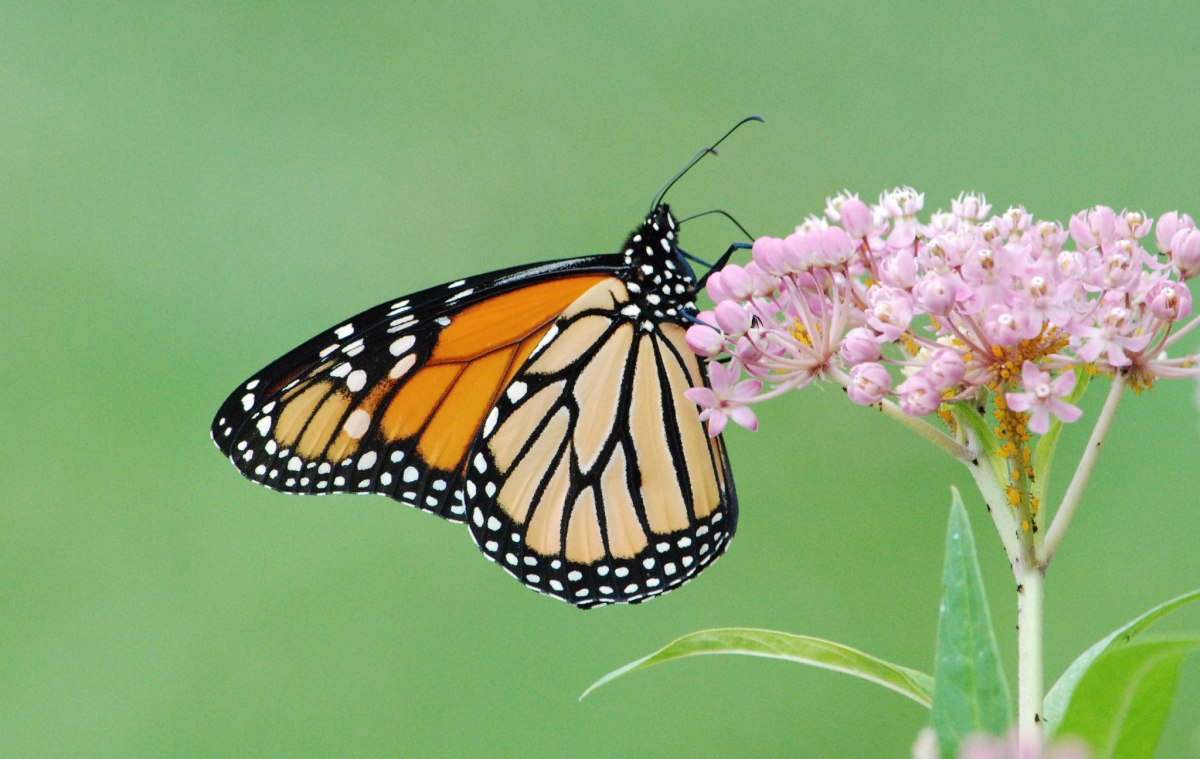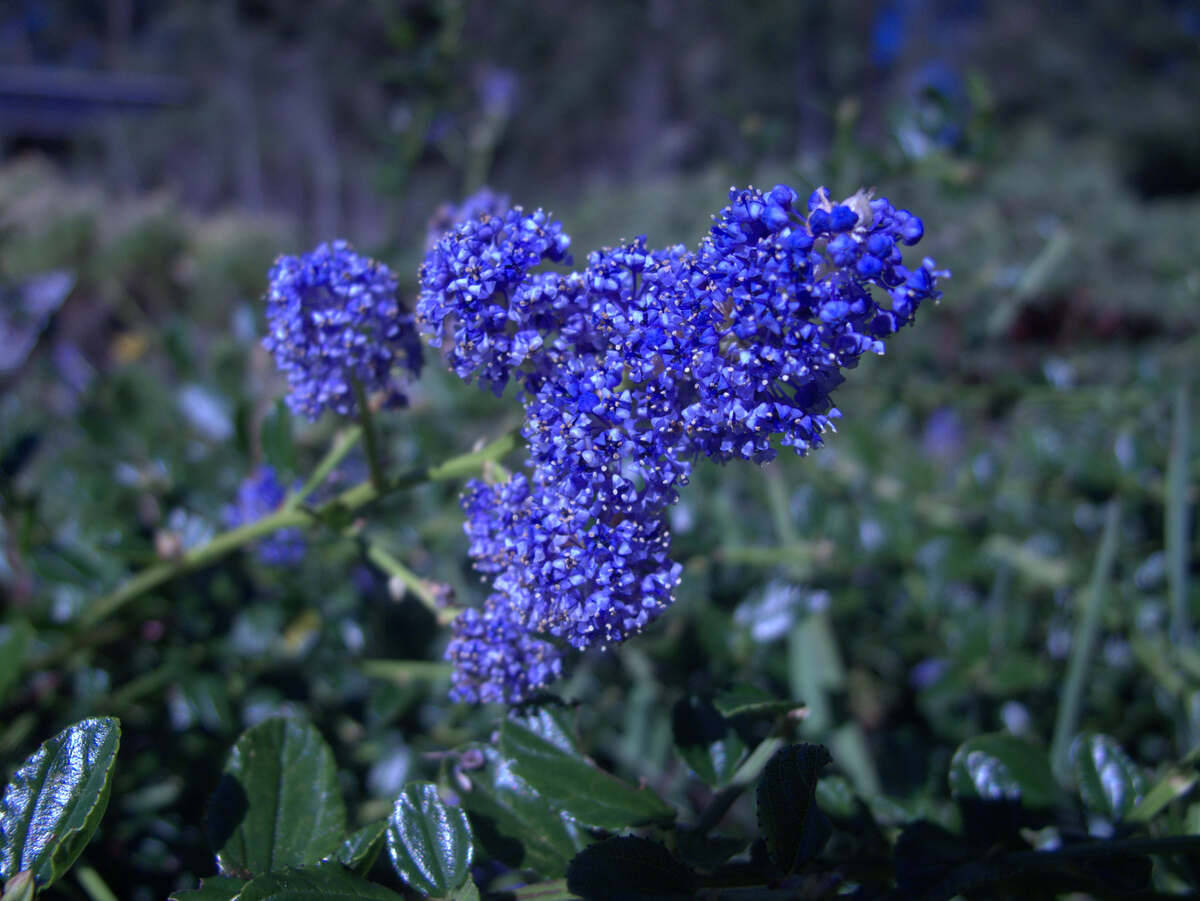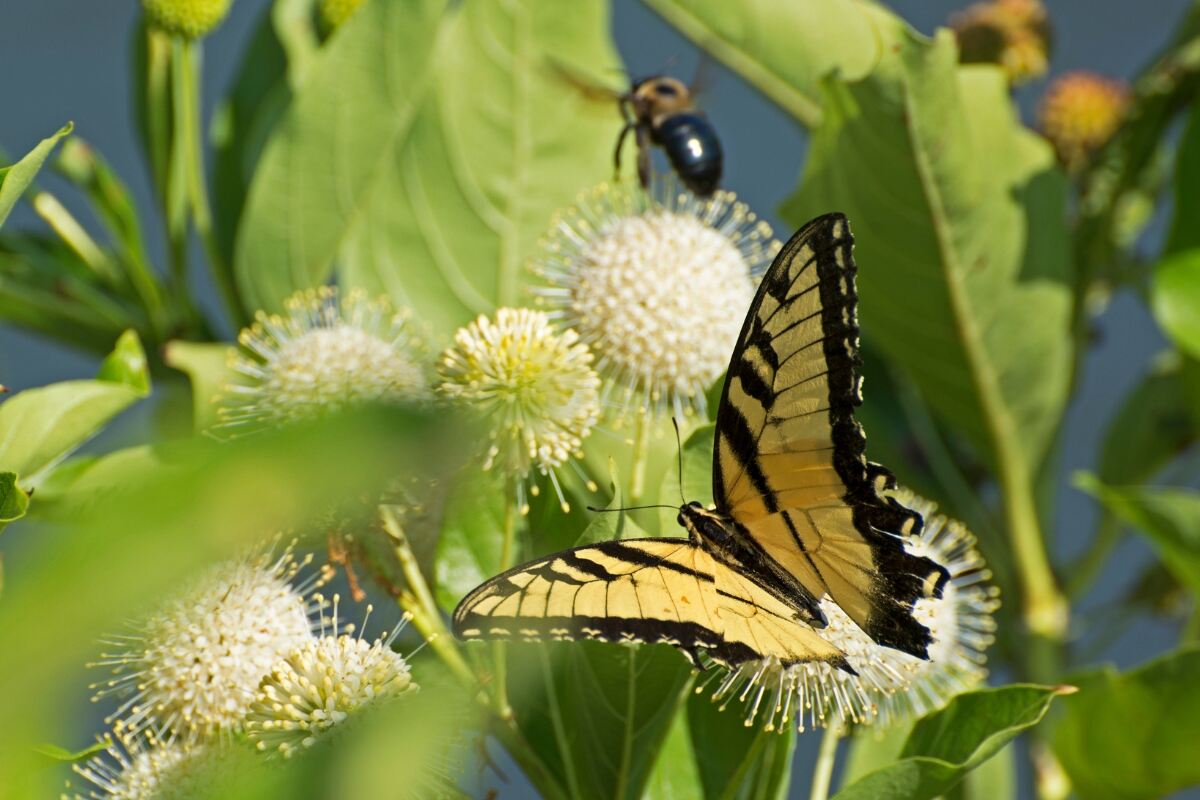
Perhaps the flowers or shrubs in your New York yard need updating. Perhaps you’d prefer low-maintenance plants to save time. Then consider native garden plants that need less care and are environmentally friendly, too. Our guide to the 12 best New York native plants can help you find the right flowers, trees, grasses, or shrubs.
What is a Native Plant?
According to the USDA, native plant species “have evolved and occur naturally in a particular region, ecosystem, and habitat.” They can include plants, grasses, shrubs, and trees. In North America, native plants are considered to be those that were on the continent before European settlement.
Environmentally friendly native plants help to create a sustainable landscape in many ways:
They save water: Native plants have adapted to the area’s climate and ecosystem and may need less water than non-native plants.
They reduce chemical use: Native plants have developed defenses to localized pests and diseases. This means you won’t need to use as much (if any) pesticide. They’re also lower-maintenance, meaning you’ll need less fertilizer.
They attract wildlife: Native plants offer food and shelter for native insects and animals. Pollinators are attracted to flowering plants, while the seeds and fruits of trees and shrubs provide food for squirrels, deer, birds, and other animals
If you’re ready to add something new to your New York garden or yard, consider one or more of these 12 New York native plants.
New York Native Flowers
Great Blue Lobelia (Lobelia siphilitica)
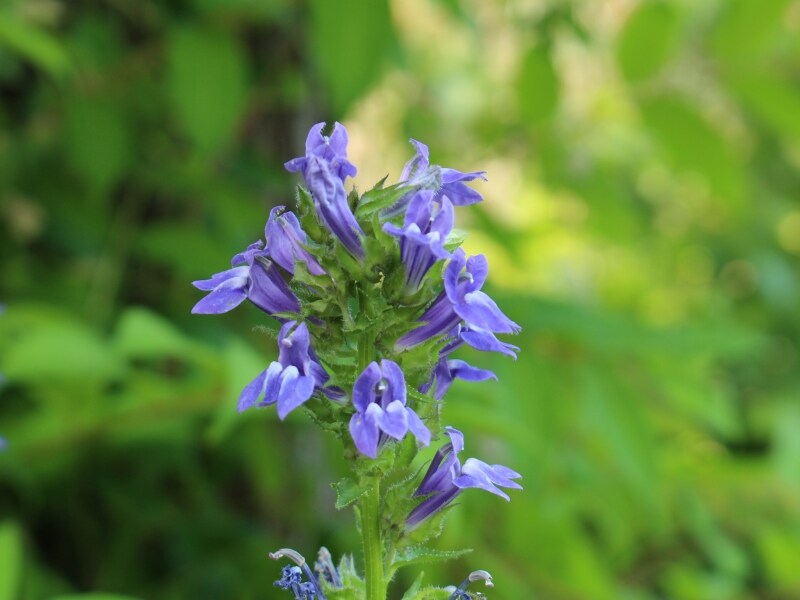
If you hope to attract pollinators to your yard, great blue lobelia (also called the blue cardinal flower) is a good choice. This native plant’s blue flowers attract several species of bees for pollen and nectar. Caution: Members of the lobelia family can be toxic if ingested: The ASPCA reports that lobelia are toxic to domestic animals.
- Plant Type: Flower
- USDA Hardiness Zones: 4-9
- Foliage: Deciduous
- Bloom Time: Summer
- Sun: Full sun, partial shade
- Water Needs: Medium to high
- Soil: Sandy, loamy, clay
- Duration: Perennial
- Mature Height: 3 feet
- Hazards: Poisonous to humans, domestic animals
Wild Bergamot (Monarda fistulosa)
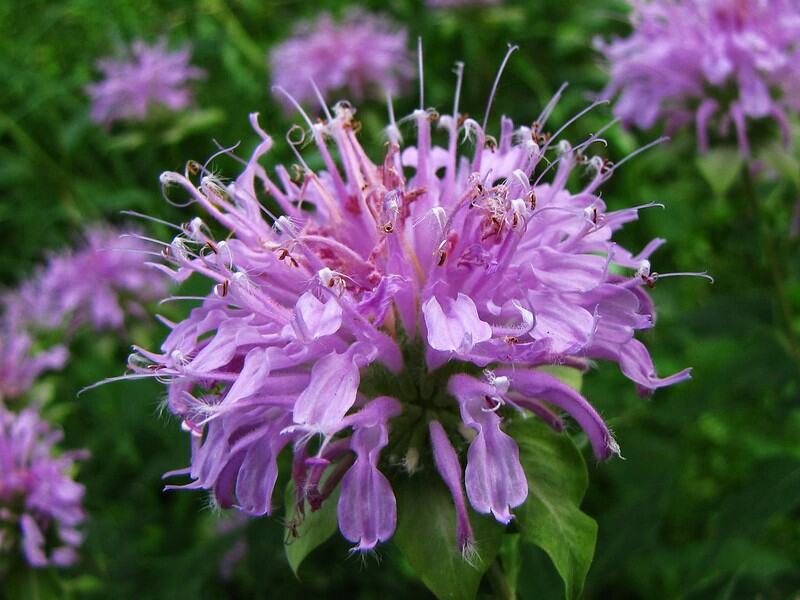
Wild bergamot, which grows in clumps, is another good choice to attract pollinators to your garden. Part of the family that includes bee balm plants, it produces bright lavender flowers in late summer that attract hummingbirds, bees, and butterflies.
Flowers and leaves of wild bergamot have been used for a tea to ease the symptoms of respiratory ailments.
- Plant Type: Flower
- USDA Hardiness Zones: 3-9
- Sun: Full sun or partial shade
- Soil: Shallow, rocky soil or clay that’s moist, well-drained, or dry-ish
- Duration: Perennial
- Foliage: Deciduous
- Bloom Time: Summer
- Water Needs: Natural rainfall should be sufficient; withstands dry soil for a while
- Mature Height: Can reach 4 feet in height
- Potential Hazards: Moderately flammable/risk of fire
Dutchman’s Breeches (Dicentra cucullaria)
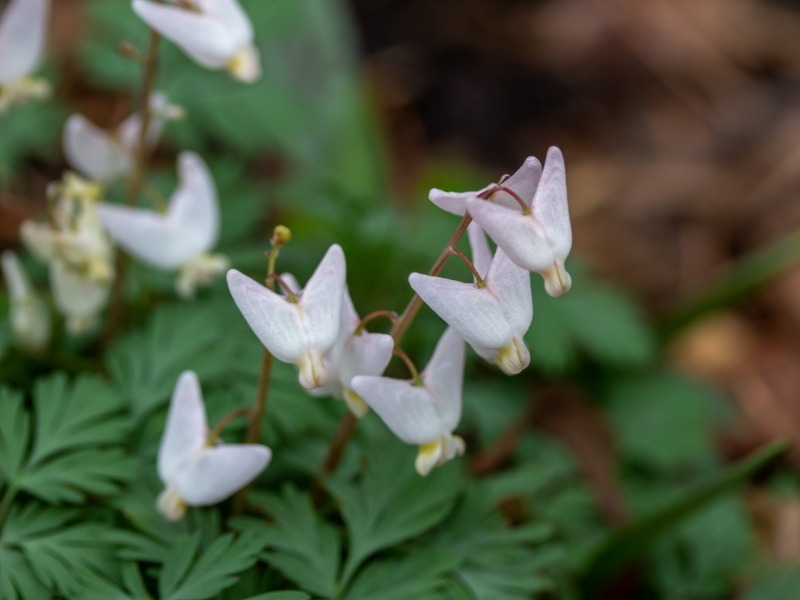
This native wildflower produces downward-hanging white flowers that resemble pantaloons, hence its name. Dutchman’s breeches plants grow in clumps, and spread through underground tubers. However, it’s not aggressive or invasive, so it will be a well-mannered addition to your garden.
- Plant Type: Flower
- USDA Hardiness Zones: 3-8
- Sun: Prefers part shade
- Soil: Acidic, damp soil
- Duration: Perennial
- Foliage: Deciduous
- Bloom Time: Mid-spring
- Water Needs: High until dormancy
- Mature Size: ½ to 1 foot high
- Potential Hazards: Can contract downy mildew or rust.
Beardtongue (Penstemon digitalis)
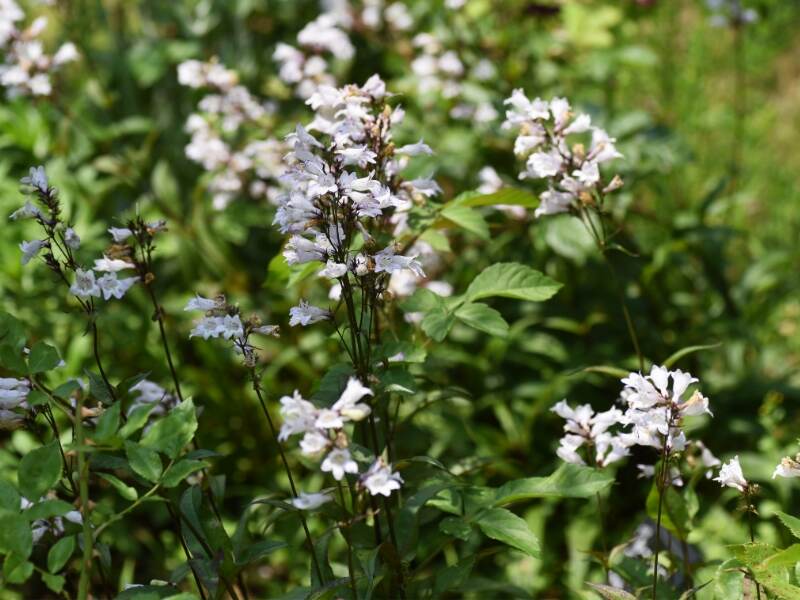
Beardtongue is a clump-forming perennial. In early spring, it attracts pollinators to your garden with its white, tubular flowers. (Though some cultivars of beardtongue have pink tips and deep red stems.) It is a low-maintenance plant that works well for borders or slopes.
- Plant Type: Flower
- USDA Hardiness Zones: 3 to 8
- Sun: Full sun to part shade
- Soil: Moist to dry soil; can tolerate clay soil
- Duration: Perennial
- Foliage: Deciduous
- Bloom Time: May-July
- Water Needs: Medium
- Mature Height: 4 feet
- Potential Hazards: Needs well-drained soil to avoid root rot.
New England Aster (Symphyotrichum novae-angliae)
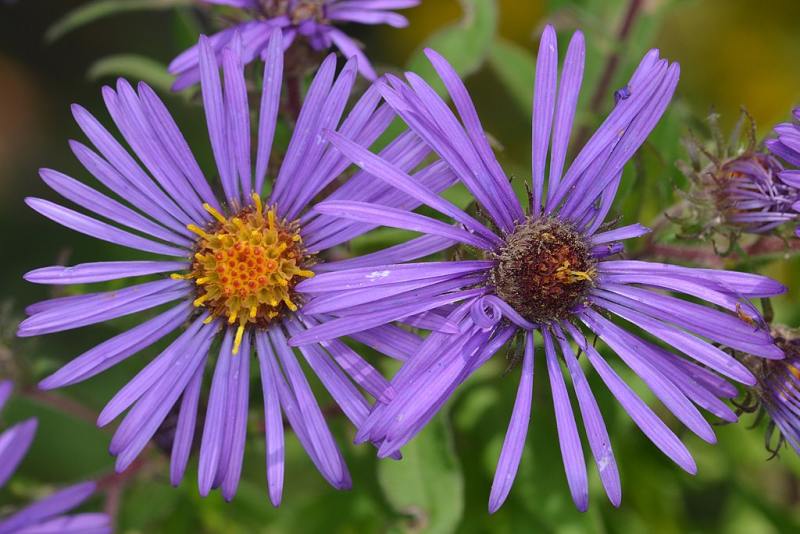
The New England aster offers a palate of colors for your garden or as cut flowers for your home. Depending on the cultivar, its flowers can range from pink to deep purple and provide nectar to late-season pollinators. While they may need to be staked due to their height, they are non-invasive, so they’ll stay where you plant them.
- Plant Type: Flower
- USDA Hardiness Zones: 4-8
- Sun: Full sun to part shade
- Soil: Well-drained clay, loam, sand
- Duration: Perennial
- Foliage: Deciduous
- Bloom Time: Late summer-early fall
- Water Needs: Medium
- Mature Height: 3-6 feet
- Potential Hazards: Powdery mildew
Native Grasses for New York
Little Bluestem (Schizachyrium scoparium)
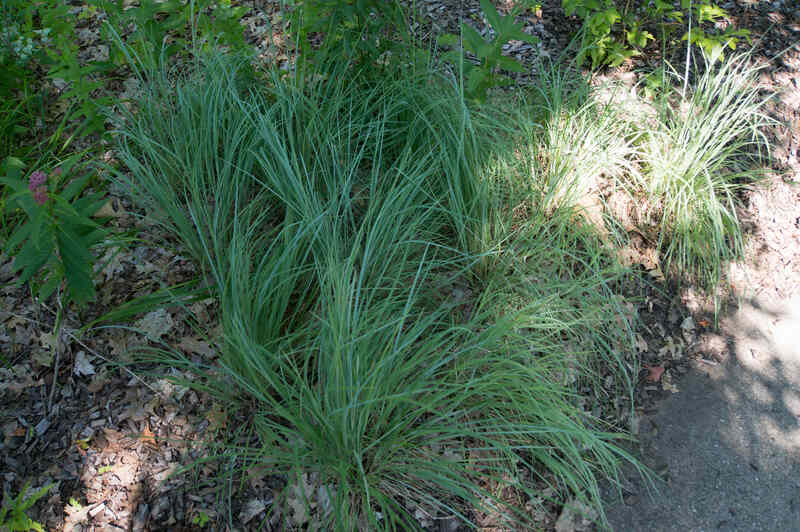
This herbaceous bunchgrass offers a colorful and low-maintenance addition to your landscape. In late summer, little bluestem seeds develop into a fluffy cluster of silver-white flowers; at maturity, stems can be cut for indoor use. The seeds provide winter food for birds and the plant gives winter cover for some caterpillars.
- Plant Type: Ornamental grass
- USDA Hardiness Zones: 3 to 9
- Sun: Full sun
- Soil: Dry to moist, well-drained soils
- Duration: Warm-season perennial
- Bloom Time: August – February
- Water Needs: Low
- Mature Height: 2 to 4 feet
- Potential Hazards: Can become invasive if not properly managed. Mowing is effective when plants are young.
Pennsylvania Sedge (Carex pensylvanica)
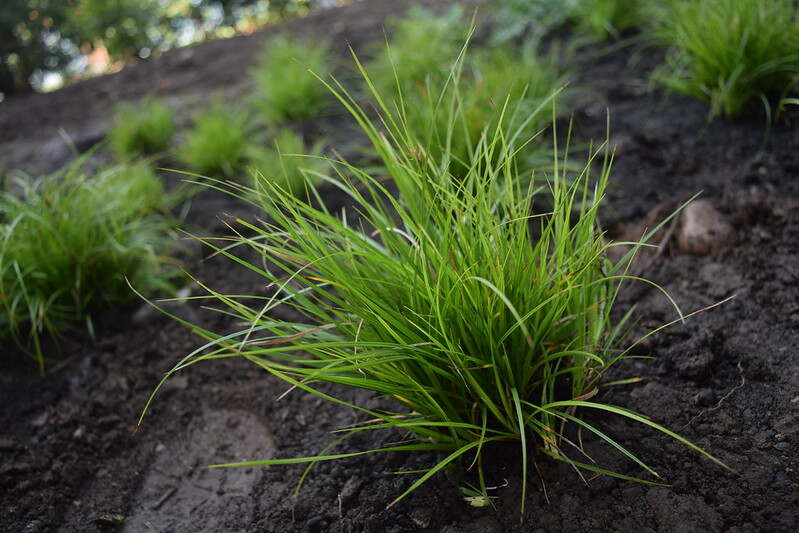
This semi-evergreen ground cover is a low-maintenance grass substitute for shady areas. Unfortunately, it doesn’t hold up to foot traffic, so use it for specific purposes — under trees and shrubs or on steep slopes. Pennsylvania sedge is good for those who hate to mow: Once or twice a season will do to keep it around 2 inches high.
- Plant Type: Grass/Grass-like
- USDA Hardiness Zones: 3 to 8
- Sun: Part to full shade
- Soil: Adaptable; dry to moist soils
- Duration: Perennial
- Bloom Time: May to July
- Water Needs: Low
- Mature Height: Up to about 12 inches tall
- Potential Hazards: Rust and leaf spot are occasional problems.
Native Shrubs for New York
American Black Elderberry (Sambucus canadensis)
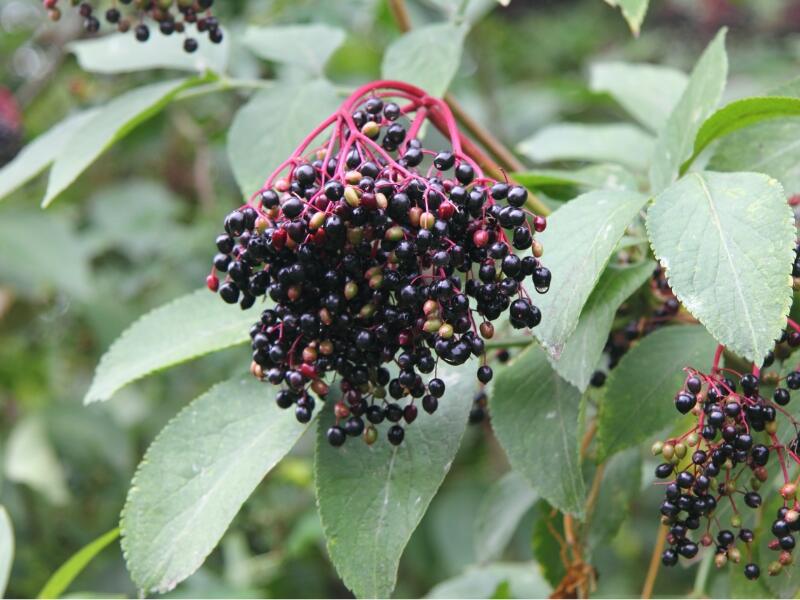
Most elderberries in New York are grown commercially; however, Sambucus canadensis makes a good shrub for the home landscape. Black elderberries provide food for birds, bees, and your family; when cooked, they make tasty jellies and wines. To encourage growth, prune dead and broken canes, as well as canes past the 3-year mark.
- Plant Type: Shrub
- USDA Hardiness Zones: 4 – 10
- Sun: Full sun, part shade
- Soil: Tolerates a wide variety of wet to dry soils but prefers rich, moist, slightly acid soil.
- Duration: Perennial
- Fragrance: Sweet
- Bloom Time: May – July
- Water Needs: Medium
- Mature Height: 5 – 8 feet
- Potential Hazards: To people, raw fruit has an inedible taste.
Nannyberry (Viburnum lentago)
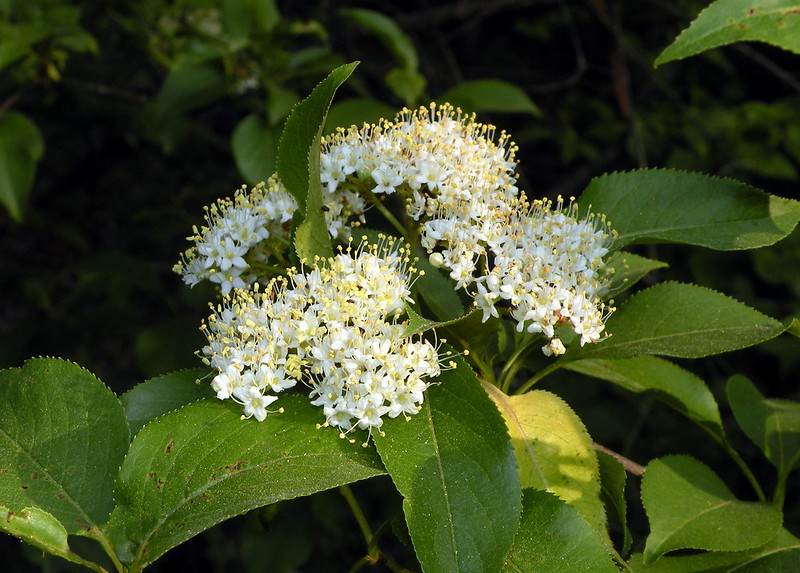
Plant nannyberry and you’ll have a food source for your family and the resident wildlife. Early on, the shrub attracts butterflies, bees, and other pollinators. The bluish-black berries will provide food for birds, squirrels, and other mammals. Your family can enjoy nannyberries from the bush, or made into jellies or syrups.
- Plant Type: Shrub or small tree
- USDA Hardiness Zones: 2-8
- Sun: Full sun to partial shade
- Soil: Clay, loam, sand; moist, well-drained soil
- Duration: Perennial
- Foliage: Deciduous
- Bloom Time: Early to mid-May
- Water Needs: High
- Mature Height: 12 – 35 feet
- Hazards: Nannyberry is at risk from the viburnum leaf beetle. Both larvae and mature beetles can defoliate the shrubs and eventually kill them.
Common Buttonbush (Cephalanthus occidentalis)
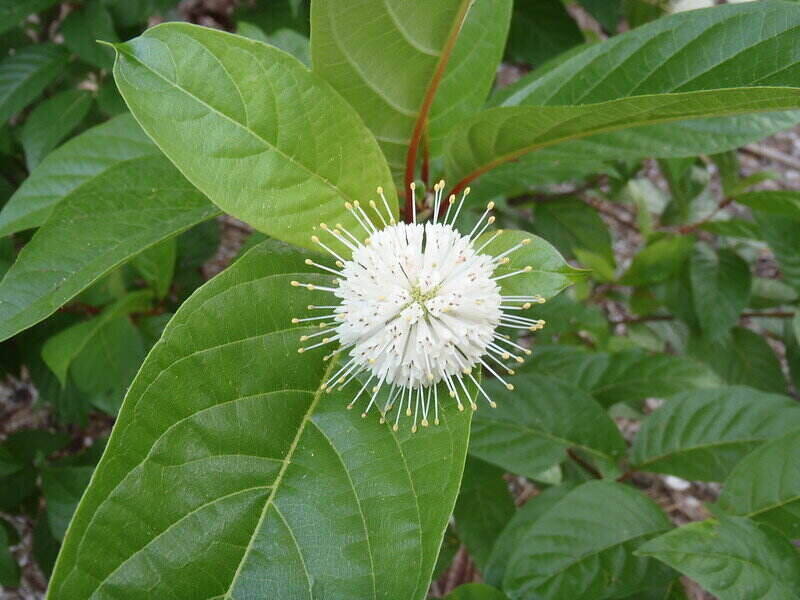
Choose common buttonbush if you want a unique shrub. In early summer, pollinators are attracted to its round clusters of tiny, tubular white flowers that create a starburst (or pincushion) effect. Buttonbush is a good choice for a rain garden, as it continually needs moist to wet soils. Note: The USDA says that buttonbush is toxic if ingested.
- Plant Type: Shrub
- USDA Hardiness Zones: 4-11
- Sun: Full sun, partial shade
- Soil: Loam, sand
- Duration: Perennial
- Foliage: Deciduous
- Bloom Time: June – September
- Water Needs: Average, high
- Mature Height: 5 to 12 feet (pollinator friendly)
- Hazards: Foliage is considered toxic to humans and animals.
Native Trees of New York State
River Birch (Betula nigra)
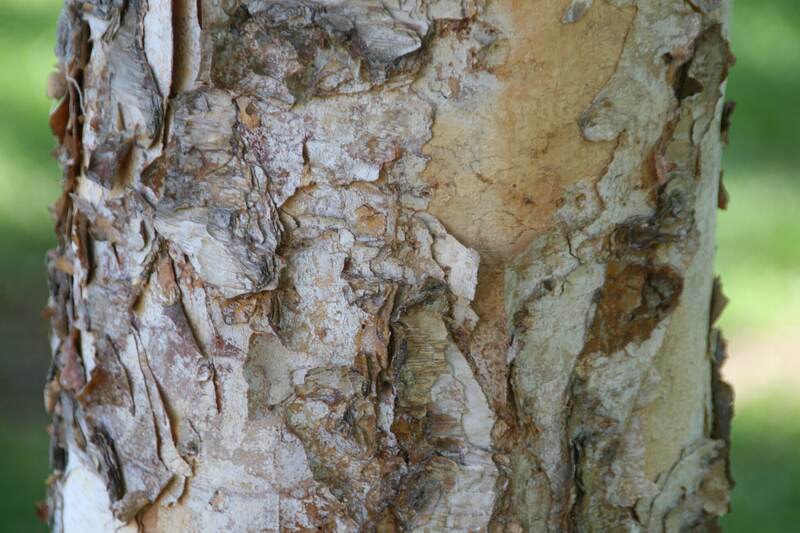
In late spring, this fast-growing tree’s yellow flowers attract pollinators. Plant it near a rain garden, as it needs plenty of water. It doesn’t need much pruning, but river birch needs other maintenance — come early fall, its leaves will quickly drop. Tip: Don’t plant near your house. It drops lots of twigs that can land in the gutters.
- Plant Type: Tree
- USDA Hardiness Zones: 4-9
- Sun: Full sun
- Soil: Survives best in moist and acidic conditions, but tolerates drier soils.
- Foliage: Deciduous
- Bloom Time: April-May
- Water Needs: High
- Mature Height: 40-70 feet
- Potential Hazards: Pollen can trigger hay fever symptoms.
Red Maple (Acer rubrum)
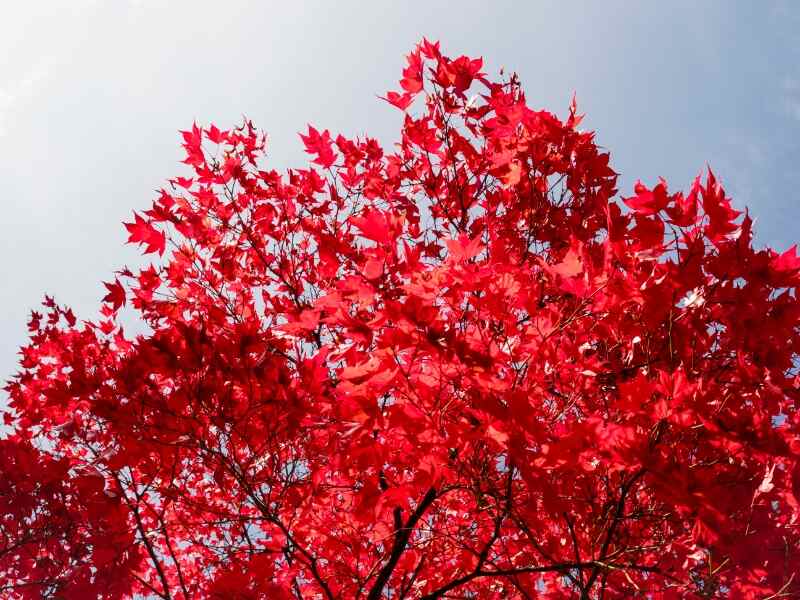
Its scarlet leaves give red maple one of the best-known fall colors. This fast-growing tree isn’t fussy about soils, as long as they are moist. Note: Keep red maple leaves away from horses. Michigan State University reports that ingesting as little as ½-pound of wilted or dried leaves can be lethal for ponies. Leaves can remain toxic for four weeks.
- Plant Type: Tree
- USDA Hardiness Zones: 3-9
- Sun: Full sun, partial shade
- Soil: Chalk, clay, loam, sand
- Foliage: Deciduous
- Bloom Time: March-April
- Water Needs: Average
- Mature Height: 40 to 70 feet
- Potential Hazards: Wilted and dried leaves are toxic to horses
How to Choose the Best New York Native Plants
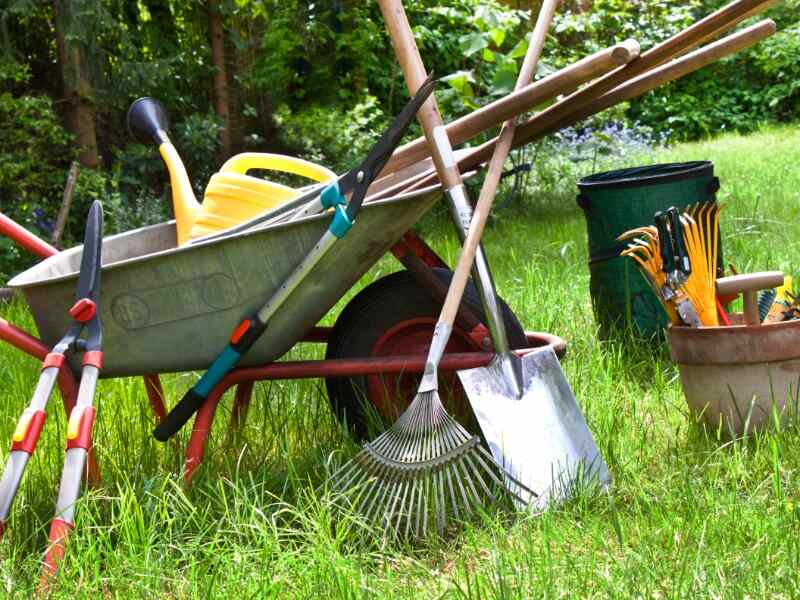
While native plants are adapted to local conditions, this doesn’t mean you can drop them anywhere in your yard. A little planning on where to plant your garden will help ensure success (and save you money and time). So, before you start perusing the seed catalogs or run out to the nursery, answer a few questions:
What Kind of Landscape Do I Want?
Do you want a pollinator garden? Plants that go easy on the water? Or do you need something to correct a drainage problem? Your answers will determine what plants to look for.
Will My Yard Accommodate My Choice of Native Plants?
This is where you take a hard look at your property, focusing on a few areas:
Yard size: Does your yard have space to handle your chosen plants at maturity? If you’re considering trees, check to see if your local government has regulations that cover:
- Planting space for large trees.
- Minimum planting distances for trees placed near utility poles or hydrants.
- Mature heights of trees planted near or under power lines.
Yard conditions: Full sun or shade, or a little of both? Do you get enough rainfall to handle the high water needs of a nannyberry, or would elderberry be easier on the water bill? How about the climate? Check out our article — “Planting Zones of New York State” — to determine minimum winter temperatures in your area.
Soil types: Does your yard have the acidic soil needed by Dutchman’s breeches, or is it better suited to the great blue lobelia? Consider a soil test to determine if your lawn or garden needs soil amendments.
Once you’ve done the planning, it’s time to find the right plants.
New York Native Plants for a Pollinator Garden
Want to attract pollinators to your garden? Many of the plants in our guide will do the trick. Cornell University says your pollinator paradise should have trees, shrubs, perennials, and annuals planted close together to attract a wide variety of bees, birds, and butterflies:
- Great blue lobelia
- Wild bergamot (a host plant for some species of moths)
- Dutchman’s breeches
- Little bluestem
- Beardtongue
- New England aster
- American black elderberry
- Nannyberry
- Common buttonbush
- River birch
New York Native Plants That Don’t Need Much Water
If you want plants that won’t wilt during the occasional dry spell, or something that’s generally easier on the utility bill, these three have lower water requirements:
- Wild bergamot
- Little bluestem
- Pennsylvania sedge
New York Native Plants for a Rain Garden
If your yard has an area that tends to collect rainwater, then creating a rain garden will help soak up the runoff. These native species may be good choices for a rain garden:
- Common buttonbush
- River birch
- Nannyberry
- Great blue lobelia
New York Native Plants for a Lawn Alternative
If you want to ditch turfgrass, consider one of these lawn alternatives for New York:
- Prairie dropseed
- Bunchberry
- Moss phlox
- Bearberry
- Woodland strawberry
- Common blue violet
FAQ
Left to its natural state, nannyberry is a multi-stemmed shrub. Commercially, it has been pruned into a single-stemmed small tree. As a tree, nannyberry will require more maintenance to hold its shape, as it produces numerous suckers that will need to be trimmed.
The Asthma and Allergy Foundation of America cities birch trees as a major contributor to hay fever and allergic asthma. When river birch spikes of brown and yellow flowers appear in April and May, it produces enormous amounts of pollen that can travel for miles, making life miserable for people who are allergic to tree pollen.
Use caution. Eastern red cedar, once kept under control by wildfires, is now considered to be invasive in some areas. The tree’s foliage contains oils that allow it to easily ignite and burn. Once an Eastern red cedar starts to burn, flames will crawl to the canopy level, where they can ignite other trees or your roof.
When to Call in a Professional
Looking for a New York landscaping pro near you? We have trusted landscaping professionals in Buffalo, Rochester, Albany, Brooklyn, Ithaca, and many more cities across the Empire State. A local pro can help you find and plant the best New York native plants for your landscape project
Main Photo Credit: GaryLantz / Canva Pro / License

